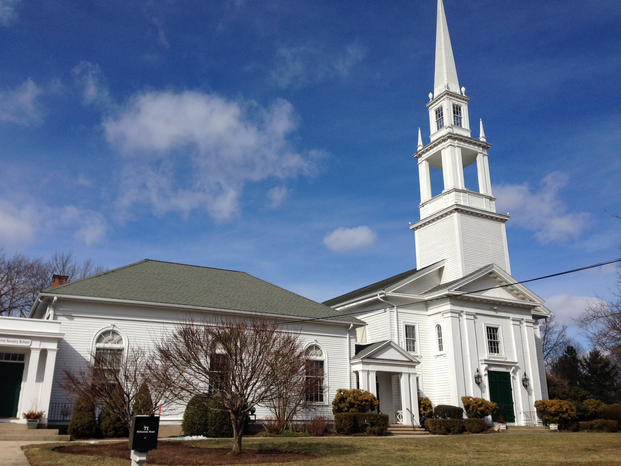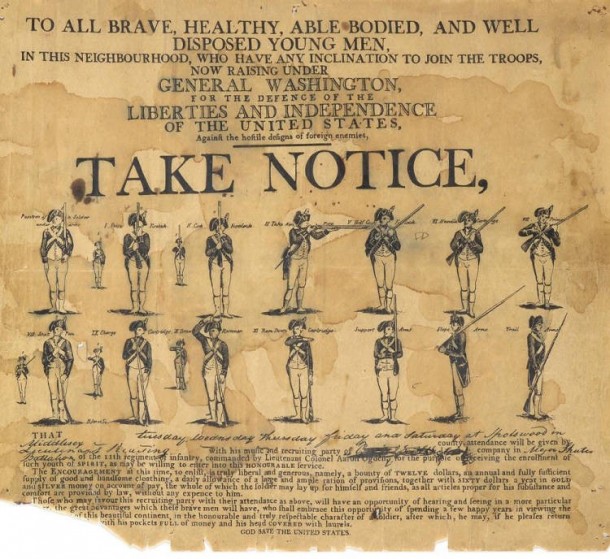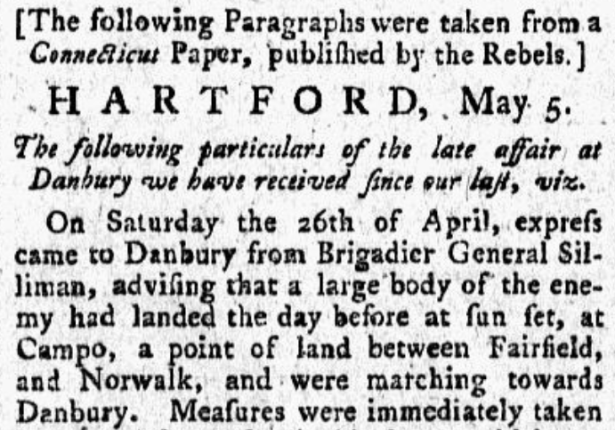
More from our Databases
Get in Touch with Westport History

Though the major engagements of the Pequot War took place within a two-year span, the conflict had much earlier roots. After years of confrontations over land, trade, and livestock, the Connecticut Colony formally declared war on the Pequot and their allies on May 1, 1637. At the time of the war, the Pequot resided in what is now southeastern Connecticut. The conflict drew in numerous Native American tribes who fought on both sides all across the Connecticut Colony and in parts of Rhode Island. Learn more...

A swamp along Fairfield’s coast became the setting for the final, violent episode in the saga of the Pequot Indians, who fled their home territory in Mystic (Missituck), Connecticut, after the English massacred hundreds of women, children and older men by setting a village ablaze. The warriors were preparing to defend a fortification at another location on that fateful night of May 26, 1637. When they discovered the atrocity that had taken place in their village, shock and disbelief overwhelmed them and they fled westward. Read More...

Five Fairfield farmers - including John Green and Daniel Frost - following the cattle trails to the top of Clapboard Hill, saw the promise of this coastal area and arranged to buy home lots from the Indians, stretching along the shore between (now) Frost Point and Fox (Sherwood) Island, and north to the Aspetuck River. By the end of 1648, these five pioneers - who came to be known as the Bankside Farmers - had been officially sanctioned by Fairfield to "sit down and inhabit at Machamux", creating the first white settlement in the Green's Farms area. Read more...

Green's Farms was a spin-off of the Fairfield Congregational Church. The Bankside farmers, as the early Westport settlers were called, lived up to eight miles from the Fairfield meeting house. They had to go by horse and buggy, and the trip could take four to six hours round trip. Settlers wanted to build a church closer to home. In petitioning the state for its own parish, the settlers were effectively requesting the right to self-govern. It was a place of worship but it was also a seat of government. Read more...

The French and Indian War began over the specific issue of whether the upper Ohio River valley was a part of the British Empire, and therefore open for trade and settlement by Virginians and Pennsylvanians, or part of the French Empire. Behind this issue loomed an infinitely larger one, however: which national culture was to dominate the heart of North America. Settlers of English extraction were in a preponderance in the coveted area, but French exploration, trade, and alliances with Native Americans predominated. Read more...

Even before war erupted, Connecticut passed anti-Tory laws. In time, these—and harassment from liberty-minded neighbors—forced many loyal to Britain to flee their homes or suffer imprisonment. When fighting started in 1775, Connecticut patriots earned acclaim, from Benedict Arnold (before he turned traitor) at the seizure of Fort Ticonderoga, to Israel Putnamat Bunker Hill. Largely free from British occupation and major battles (except for raids on Danbury, as well as New London and other coastal towns), Connecticut provided food, cannon, and other goods to the Continental army and became known as the Provision State. Read more...

Under the command of Captain Henry Duncan, British ships delivered 1,500 British regulars and American Loyalists to Compo Beach (in modern-day Westport) at 5 p.m. on April 25, 1777. A light rain fell as the soldiers carried their supplies ashore and, before midnight, began their march to Danbury on the Redding Road (today’s Connecticut Route 58). Sighted by patriots who then sent messengers to spread the alarm, the soldiers met with only light resistance. At midday they halted and rested at Redding, then continued on to Danbury, arriving 24 hours after their landing. Read more...